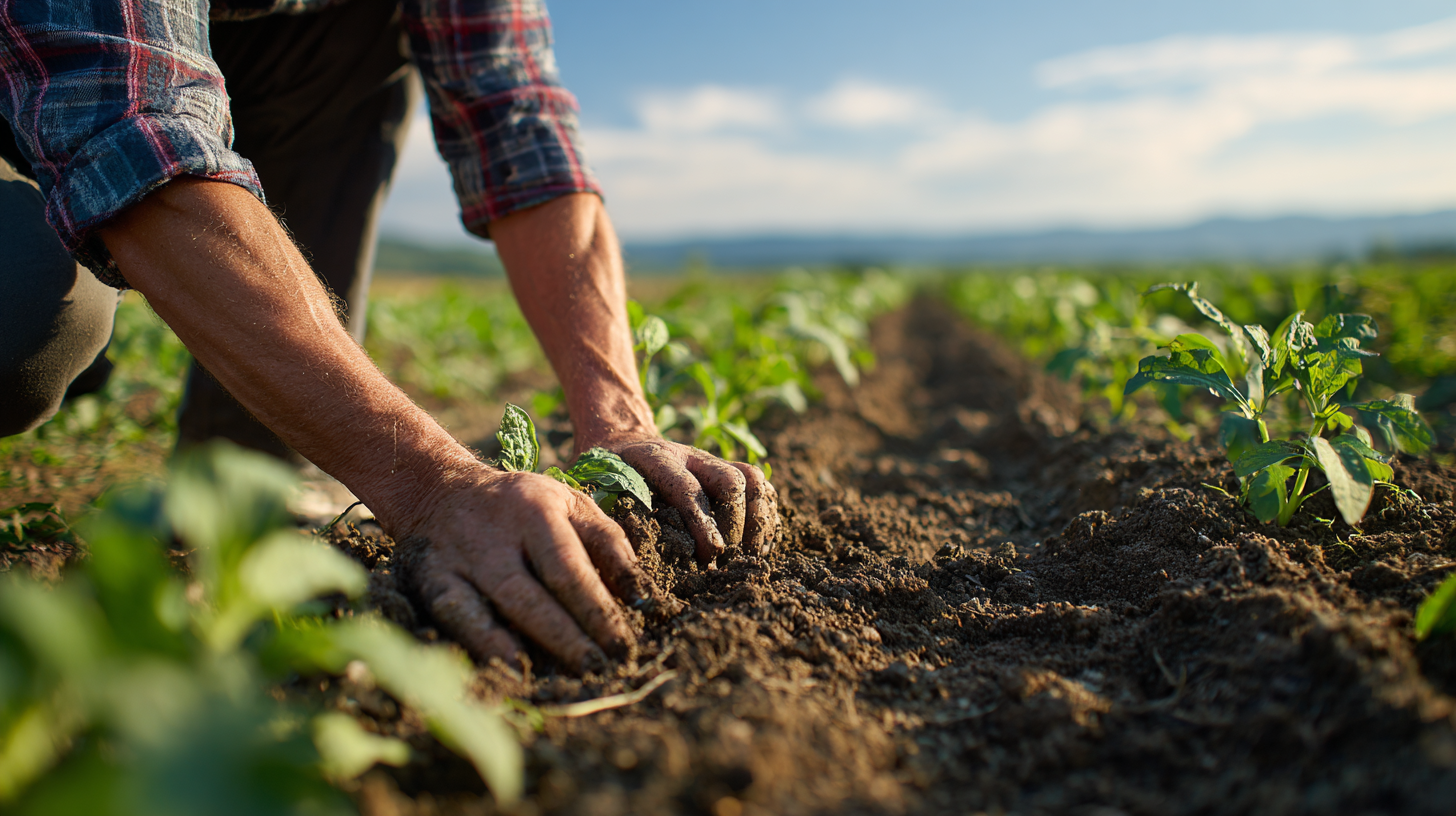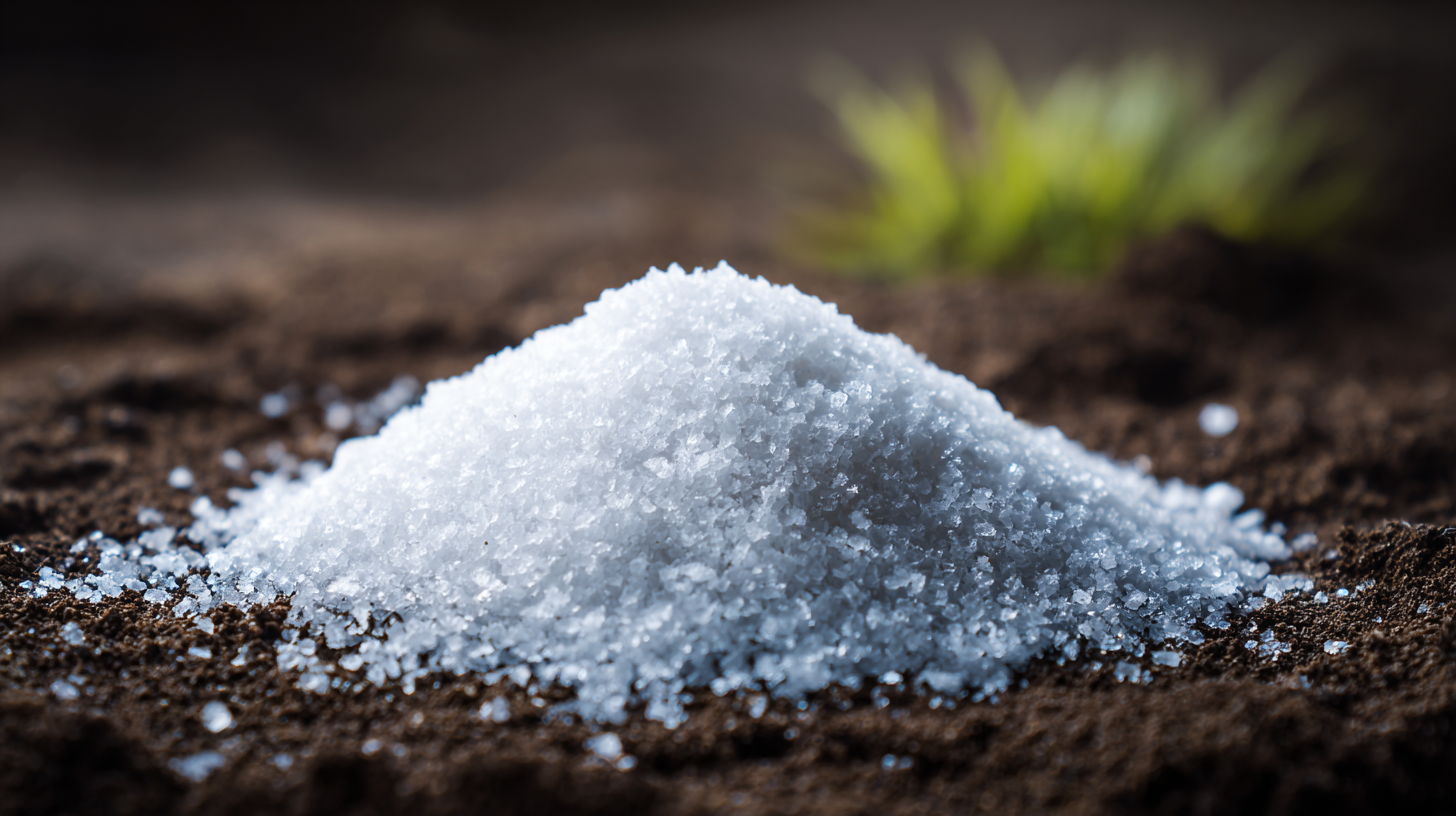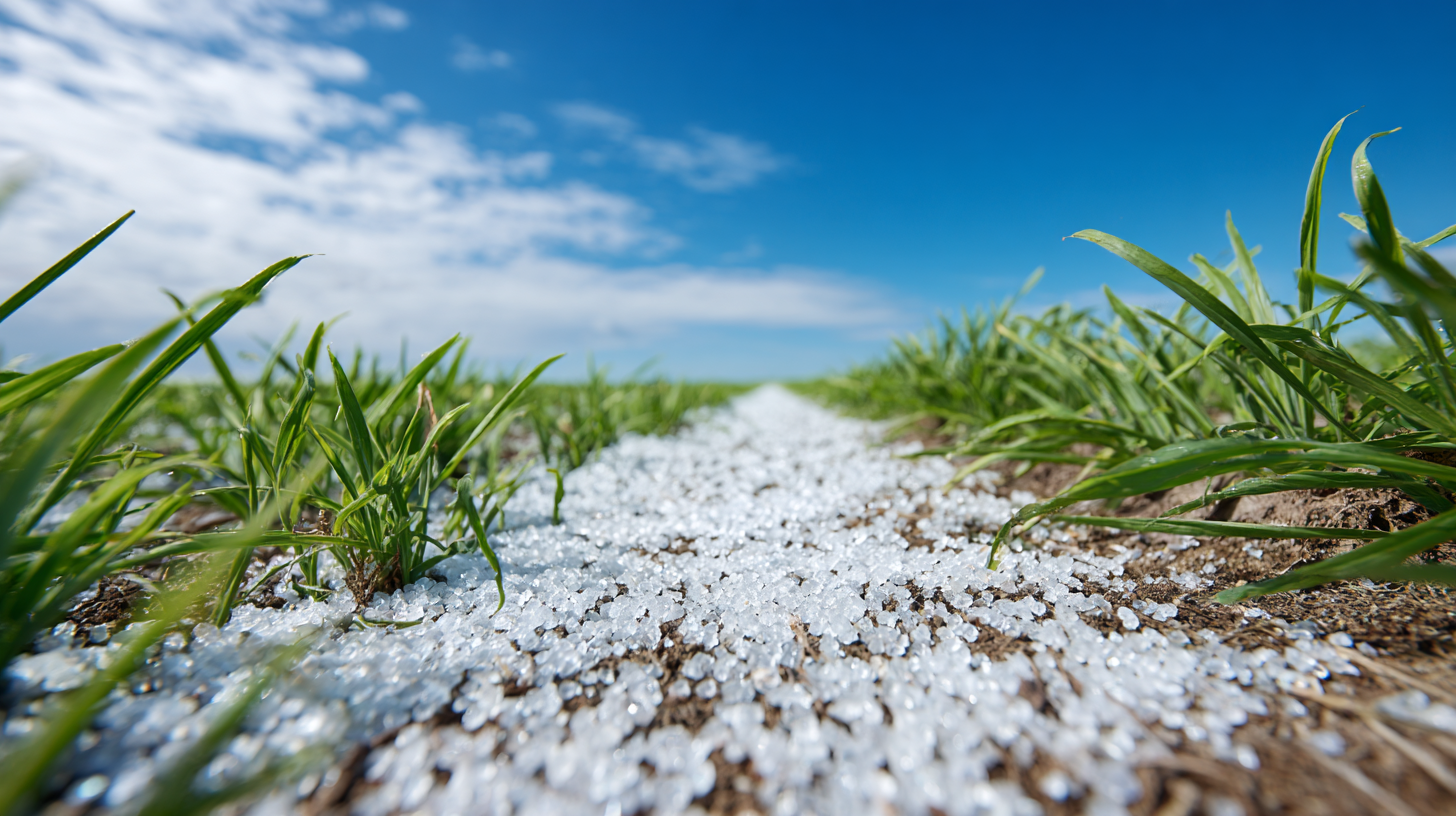In the quest for sustainable agriculture and enhanced crop productivity, the use of Potassium Nitrate Fertilizer has emerged as a critical factor for farmers around the globe. According to a recent report by the Food and Agriculture Organization (FAO), fertilizers contribute to approximately 50% of the world’s food production, with potassium being an essential nutrient that supports various physiological plant processes. As global population rises, expected to reach 9.7 billion by 2050, the demand for effective agricultural solutions intensifies. In this context, Potassium Nitrate, celebrated for its high solubility and rapid uptake by plants, not only improves crop quality but also enhances resistance to environmental stressors. Sourced from China's top-quality manufacturing facilities, Potassium Nitrate Fertilizer offers an exceptional solution for farmers aiming to maximize their yields while adhering to sustainable practices. This blog will explore the advantages of incorporating Potassium Nitrate Fertilizer and provide insights into optimizing its use for better agricultural outcomes.

Potassium nitrate, a naturally occurring mineral, is a vital fertilizer in modern agriculture due to its essential nutrients that promote healthy crop growth. Composed of potassium and nitrate ions, it serves as a primary source of both macronutrients essential for plant development. Potassium is crucial for overall plant health, helping regulate water use and improving resilience to diseases. Meanwhile, the nitrate component is directly linked to enhanced photosynthesis and nitrogen metabolism, which are fundamental processes for plant growth.
Incorporating potassium nitrate into the soil not only boosts crop yields but also improves the quality of the produce. Crops treated with this fertilizer exhibit stronger root systems, enhanced fruit size, and increased sugar content. Moreover, potassium plays a significant role in improving the plants' resistance to drought and extreme weather conditions. This makes potassium nitrate not just a fertilizer, but a critical component for sustainable agriculture, allowing farmers to maximize their yields while promoting environmental health.
| Crop Type | Recommended Application Rate (kg/ha) | N-P-K Ratio | Expected Yield Increase (%) | Benefits of Potassium Nitrate |
|---|---|---|---|---|
| Tomatoes | 200 | 13-0-46 | 20 | Enhanced fruit size and taste |
| Peppers | 180 | 13-0-46 | 25 | Improved color and firmness |
| Potatoes | 250 | 15-0-45 | 30 | Increased tuber yield and quality |
| Corn | 220 | 15-0-45 | 18 | Boosts overall health and pest resistance |
| Wheat | 200 | 15-0-45 | 15 | Strengthens straw and kernel size |
Potassium nitrate (KNO3) is a vital nutrient source for crops, known for its ability to enhance growth and improve yields. Different types of potassium nitrate fertilizers include prilled, liquid, and granular forms, each with unique characteristics that cater to various agricultural needs. Prilled potassium nitrate offers slow-release capabilities, making it suitable for use in long-term crops, while liquid forms provide quick absorption for immediate nutrient boost during critical growth stages. Granular potassium nitrate is often favored for broad application and is ease of use in machinery during planting.
Understanding the application rates is crucial for maximizing crop yield. According to a study by the International Fertilizer Association, an optimal potassium application can increase crop yields by up to 20% in some cases. It’s important to conduct soil testing prior to fertilization to determine the exact potassium needs of your crops, ensuring efficient use and avoiding nutrient leaching.
Tips:
When selecting potassium nitrate fertilizer, aligning it with your specific crop type and soil conditions is essential for maximizing yields. Different crops have varying nutrient needs; for instance, root vegetables like carrots may require more potassium to enhance tuber development, while leafy greens thrive on nitrogen-rich inputs. Understanding the growth stage of your crops can also inform your potassium nitrate choice, as young plants might benefit from a balanced ratio, whereas mature plants may need higher potassium levels to support fruiting and flowering.

Soil composition plays a critical role in determining the right potassium nitrate fertilizer. Conducting a soil test can reveal potassium deficiency or excess, allowing for targeted application. Sandy soils may leach nutrients more rapidly, necessitating a quick-release potassium nitrate, while clay soils can retain nutrients longer, making slow-release options more effective. Tailoring your fertilizer selection to these factors not only boosts crop health but also promotes sustainable farming practices by reducing waste and enhancing input efficiency.
Applying potassium nitrate in agricultural practices is essential for maximizing crop yields. This nitrogen-rich fertilizer not only enhances plant growth but also improves soil health, which is crucial for sustainable farming. Farmers can significantly benefit from integrating potassium nitrate into their fertilization strategies.
**Tips for Optimization:**
1. **Soil Testing:** Prior to application, conduct a soil test to determine nutrient levels. This will help you adjust the potassium nitrate quantity according to specific crop needs and prevent nutrient imbalances.
2. **Application Timing:** Optimal timing of potassium nitrate application is critical. It should be applied at critical growth stages of the crop to ensure maximum uptake and utilization by the plants.
3. **Irrigation Management:** Implement smart irrigation systems to optimize water use when applying potassium nitrate. This can improve nutrient absorption and reduce the risk of nitrate leaching, ultimately boosting crop productivity.
By employing best practices in nitrogen management and leveraging technologies like IoT for real-time monitoring, farmers can enhance yields while minimizing environmental impact.
This chart illustrates the average crop yields (in tons per hectare) for various crops when utilizing potassium nitrate fertilizer. As shown, corn yields the highest average yield, followed by wheat and rice, demonstrating the effectiveness of potassium nitrate in enhancing agricultural productivity.
Combining potassium nitrate with other nutrients is a pivotal strategy to enhance agricultural efficiency and crop yields. Recent studies, such as one focusing on hybrid rice, demonstrate that the synergistic application of nitrogen and potassium significantly boosts grain yields while optimizing fertilizer use efficiency. This highlights the crucial role of nutrient harmony in sustainable rice production, suggesting that farmers can achieve both economic and environmental benefits by carefully managing nutrient combinations.

